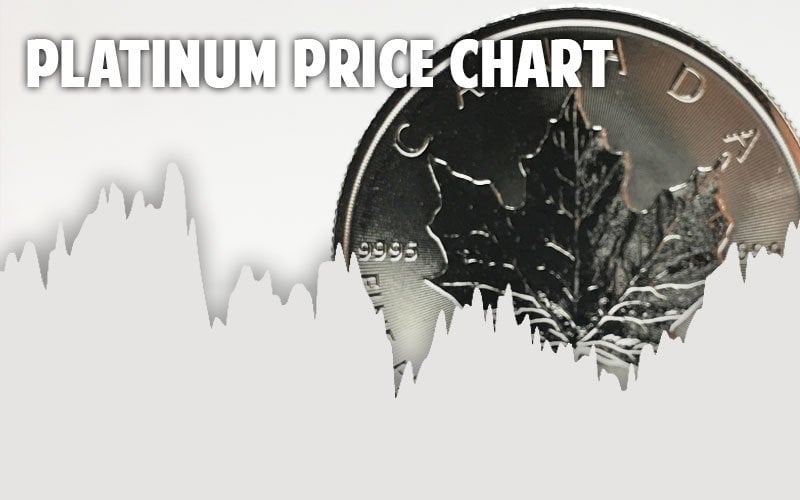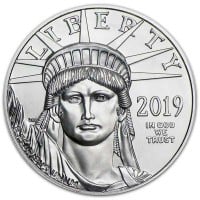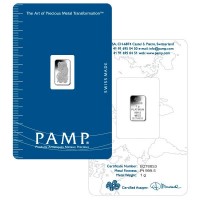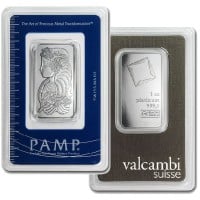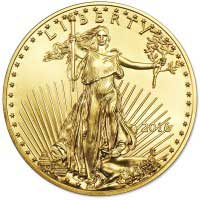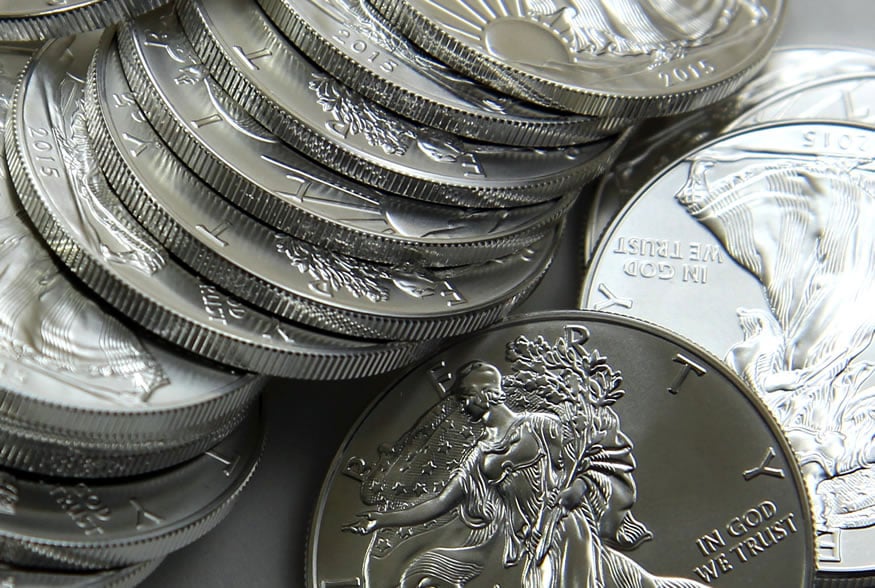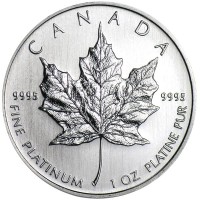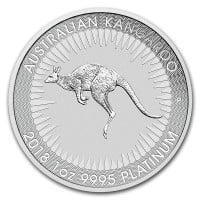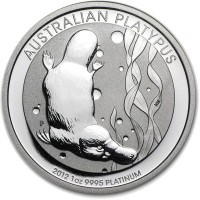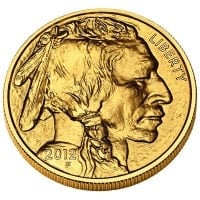-
Platinum price charts
Price of Platinum: Live & Historical Charts
Money Metals Exchange: Live Platinum Prices Today
| Platinum Spot Price | Spot Change | ||
|---|---|---|---|
| Platinum Price per Ounce | $928.45 |
0.00
|
0 % |
| Platinum Price per Gram | $29.85 |
0.00
|
0 % |
| Platinum price per kilo | $29,850.36 |
0.00
|
0 % |
Check live and historical platinum spot prices with Money Metals Exchange's interactive chart. The chart below allows you to check the price of platinum today or historical trading prices dating back 20 years. Hover over the chart to see the spot price for that particular day.
Contents

Platinum Price
Platinum price, much like other precious metals, varies based on multiple factors. Savvy investors recognize platinum, gold, palladium, and Silver prices are always changing. Before investing, check current precious metal charts and commodities updates to determine what is happening in the platinum market. Discover more about the historical value of this transition metal as well as its value today.
What is Platinum?
Platinum is a dense, malleable metal represented by the symbol Pt and atomic number 78. This metal is ductile, corrosion-resistant, and highly unreactive with a very high melting point. The name comes from the Spanish term “platina,” which translates into little silver. According to historians, South Americans discovered this rare, valuable, metal before the Europeans arrived. The largest producers of platinum are South Africa and Russia. A small amount of this gray-white metal is produced every year because it is not commonly found in the Earth's crust.
Common Uses for Platinum
Investors buy platinum coins and Bullion by the gram or ounce. And this metal is quite desirable for jewelry. For generations, platinum has been used to make ornaments, rings, watches, and other jewelry. An enduring platinum wedding ring represents forever to a bride and groom. However, the largest application of platinum is manufacturing catalytic converters in vehicular emission control units. Almost half the platinum produced is used by this industry. Also, spark plugs, dental work, medical instruments, and cancer medications are made with platinum.
A Brief History of Platinum

A number of traces of platinum were found in the gold used in hieroglyphics and ancient Egyptian tombs dating back to 1200 BC. It is believed early Egyptians did not realize there was platinum in their gold. Pre-Columbian Americans in modern-day Ecuador used platinum alloy to make artifacts. In 1557, the first European reference to platinum was made by Italian humanist Julius Caesar Scaliger. He referred to it as an unknown noble metal found between Mexico and Darien. The Spanish forbade the adulteration of gold with platinum impurities, and often it was thrown away.
The official discovery of platinum occurred in the 1700s and was credited to Antonio de Ulloa. The metal was found to be neither calcinable nor separable. Chemists across Europe started to study the unusual metal with a very high melting point. Henrik Teofilus Scheffer published a detailed scientific description of platinum in 1752. He referred to platinum as “white gold” and described it as less pliable than gold with a similar corrosion resistance. A major news moment in history occurred in 2007 when Gerhard Ertl won the Nobel Prize in Chemistry for determining the molecular mechanisms of the catalytic oxidation of carbon monoxide over platinum. The result of his findings and scientific information has led to other applications and options for platinum.
Investing in Platinum
Platinum bullion has the ISO currency code of XPT. Ingots, coins, and bars are traded or collected, similar to gold and silver bullion. The price of platinum is more volatile than gold prices or silver prices. In fact, the price chart of platinum varies widely. For example, platinum plummeted to a loss of almost 2/3 of its value in the year 2008. The price of platinum tends to be double the price of gold during times of sustained economic growth and stability. When economic times are uncertain, the price can fall below the price of gold because of reduced industrial demand, buying, and investing. Since 2011, the stock level of platinum decreased as mining supplies fell and recycling rates slowed down. Since 2015, platinum's daily benchmark in London (LBMA is a center of the world's bullion market) fell below the price of gold per ounce and has remained there since. Since mid-May, 2021, platinum has predominantly remained under $1200 per ounce, closer to $1000 per ounce.
Smart buyers and sellers can reference the MoneyMetals.com website, the NASDAQ, world currencies, and the stock exchange in real-time for up-to-the-minute data. Trying to forecast pricing in the days ahead is nearly impossible.
What Influences the Price of Platinum?
On the supply side, platinum is an extremely scarce metal. It is more than twenty times rarer than gold. It is so rare that all of the platinum ever mined could fit into a room measuring 25 feet by 25 feet.
The primary driver of platinum demand is the automotive industry. Platinum, along with its sister metal palladium, is used in catalytic converters.
The platinum group metals also see some jewelry and investment demand. Like other precious metals, platinum is minted into coins, rounds, and bars.
Is the Spot Platinum Price the Price I Pay When I Buy from a Dealer?
A dealer will charge a premium above the spot price of platinum for platinum coins and bars. The premium reflects the costs associated with minting, acquiring, and storing products, plus the dealer's profit.
The premium may also rise or fall along with retail demand for scarce products. When demand is soft, premiums may fall, especially on secondary market products that are being re-sold. When strong demand strains dealer inventories, premiums may rise. Premiums on platinum Eagles in particular could rise if the U.S. Mint discontinues production of them again (which it did from 2008 to 2013).
Do Mining Operations Affect the Price of Platinum?
Platinum supplies are highly dependent on mining operations out of a single country, South Africa. In fact, it provides more than 70% of the world's platinum supply.
However, the South African mining industry is contracting due to adverse market conditions, energy concerns, water shortages, labor difficulties, infrastructure deterioration, and rising political risk. In recent years, the socialist-run country has moved toward seizing white-owned farms and businesses. That, in turn, has deterred much-needed investment in mine development.
While the mining industry struggles may not have an immediate impact on platinum prices, they do portend lower levels of production down the road. That will ultimately put upward pressure on spot prices and ask prices.
Are Platinum Prices Manipulated?
In recent years, rogue traders at large global financial institutions including Deutsche Bank and JPMorgan Chase, have been caught manipulating gold and silver markets. The platinum market doesn't attract as much attention from people, but it is by no means free from the forces of price manipulation.
Because platinum futures are thinly traded compared to other metals, platinum is susceptible to market rigging schemes by smaller players. And since automakers are the biggest buyers of platinum, a decision by a single car company to either load up on platinum or unload some of its positions could have an outsized market impact.
Do Platinum Prices Move with Silver and Gold Prices?

Not always. While all precious metals over time tend to reflect the steady depreciation of the currency in which they are denominated, the platinum group metals have their own unique cycles and price drivers. That makes them useful portfolio diversifiers and a good hedge investment vehicle.
Platinum is generally not thought of as a monetary metal like gold is. Platinum is more of an industrial metal – albeit one that typically commands a precious price.
Historically, platinum has often traded at a sizeable premium to gold. That premium has turned into a sizeable discount, making platinum a potentially compelling value opportunity for people within the precious metals space.
Where Can I Buy Physical Platinum?
You can buy platinum coins, bullion coins, rounds, or bars from reputable precious metals dealers such as Money Metals Exchange. As platinum sales tend to be a small fraction of gold and silver sales for most dealers, they may have sparse inventories of platinum products available for customers.
While the stocks and stock market for platinum coins are less liquid than for gold and silver, large dealers should have no problem making platinum available in multiple forms. You may face slightly higher premiums and bid/ask spreads on platinum as compared to gold.
Some dealers will try to make the most out of the occasional platinum transaction by pushing heavily marked-up “proof” coins or other platinum trends. An investor simply looking for an efficient way to accumulate platinum should avoid these types of products – and these types of dealers.
Can I Put Platinum in My IRA?
Yes! You can hold certain IRS-approved platinum bullion products within a Self-Directed IRA. Simply select an account custodian that handles precious metals IRAs and fund it with IRA-eligible platinum purchased from a dealer such as Money Metals Exchange.
The platinum products you can legally hold inside an IRA include American Platinum Eagle 1-ounce coins, Royal Mint Platinum Britannia 1/10th-ounce coins, Canadian Platinum Maple Leaf 1-ounce coins, Perth Mint Australia Platinum Kangaroo 1-ounce coins. Each coin is weighed in troy ounces.
The Prestige of Platinum
The prestige of platinum continues despite what's happening with its actual market value. The metal's use in jewelry is highlighted in ads featured in luxury publications. Minute surface scratches, referred to as patina, are spotlighted by marketers to try to enhance the value of platinum products. High-end watchmakers use platinum for their limited-edition watch series including Rolex, A. Lang & Sohne, Patek Philippe, Hermes, Breitling, Arnold & Son, Bulgari, and Vacheron Constantin.
Platinum is also associated with wealth and exclusivity. A platinum credit card typically offers greater privileges than a gold one. The highest awards are referred to as platinum awards, ranking above bronze, silver, and gold but generally below diamond. Platinum is certainly worth more than the most common gemstone. The frame of the Crown of Queen Elizabeth, also known as The Queen Mother’s Crown, which was manufactured for her coronation, is made of platinum. Plus, platinum secures all the famous diamonds in the world, including Hope and Jonker I.
Rare Facts About a Rare Metal
There are a few interesting, little-known, facts about this rare metal. With rarity in mind, it is believed meteorites and the moon have a higher percentage of platinum than Earth. Louis XVI of France was so impressed with the scarcity of platinum, that he deemed it “the only metal fit for a king.” When an album sells one million copies, it is referred to as a platinum album in the music industry.
Platinum is also precious to many patients using dental crowns, pacemakers, and other equipment in the human body because this metal resists corrosion from body fluids and functions. Regardless of the exact reasons for the platinum spot price today, this metal is always perceived as valuable to people around the world.
Because platinum price varies, a wise investor works with professionals to buy and sell at the right time. Money Metals Exchange provides Platinum spot prices, Live & Historical: Platinum Price - Money Metals Exchange.
Investors respect Money Metal Exchange as a trustworthy resource for precious metals. Safeguard your assets without paying pricey middleman markups or dealing with bait-and-switch sales tactics. Self-reliable investors recognize the value of buying platinum and other precious investment metals from Money Metal Exchange. Contact us today to find out more about platinum price and how you can safeguard your assets from the devaluing dollar.
Sign Up for Free Price Alerts
In a few short seconds, you can direct us to alert you whenever precious metals prices reach your specified target. It's free!
Simply enter your email address and price target on the form below, and we will email you the moment your price objective is reached.




